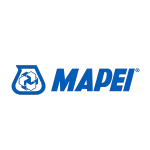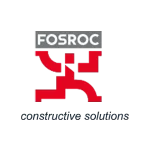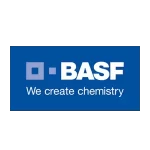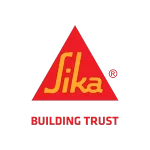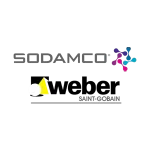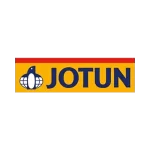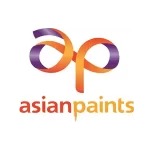Waterproofing
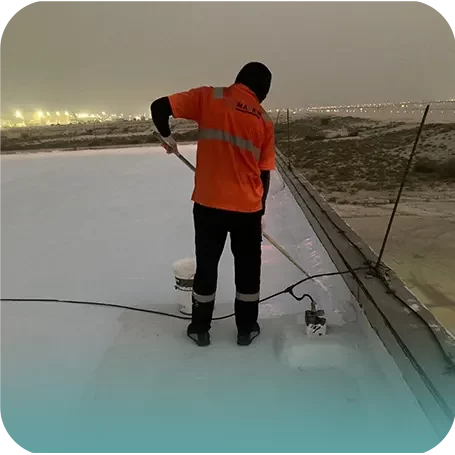
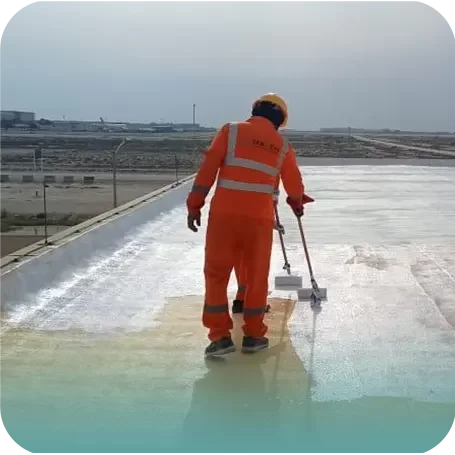
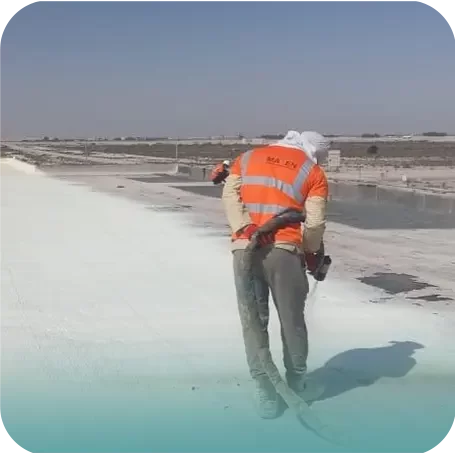





Bituminous System
Waterproofing bituminous systems are commonly used to protect buildings and structures from water infiltration. Bituminous systems consist of layers of bitumen, often mixed with polymers or reinforcements, that form a durable and waterproof barrier when properly installed.
These systems are versatile and can be applied to various surfaces such as roofs, foundations, basements, and tunnels. The flexibility of bituminous materials allows them to adapt to the movement of the structure without compromising their waterproofing properties.
Proper surface preparation, application techniques, and quality of materials are essential to ensure the effectiveness of a waterproofing bituminous system. Regular maintenance and inspections are also important to extend the system's lifespan and prevent water damage.
Overall, waterproofing bituminous systems provide reliable protection against water intrusion, making them a popular choice for new construction and renovation projects where waterproofing is crucial.
Polyvinyl Chloride (PVC System)
Waterproofing PVC systems are widely used in construction to provide effective protection against water infiltration. PVC, or polyvinyl chloride, is a synthetic material known for its durability, flexibility, and resistance to various environmental conditions.
PVC waterproofing systems typically consist of PVC membranes that are heat-welded or chemically bonded to create a seamless and watertight barrier. These membranes are lightweight, easy to install, and highly resistant to UV rays, chemicals, and root penetration, making them suitable for a wide range of applications.
Due to their excellent durability and resistance to punctures and tears, PVC waterproofing systems are commonly used for flat roofs, green roofs, plaza decks, and below-grade applications such as basements and foundations. They provide long-lasting protection against water damage and offer low maintenance requirements compared to other waterproofing systems.
In conclusion, PVC waterproofing systems offer a reliable and cost-effective solution for ensuring the long-term waterproofing of buildings and structures, making them a popular choice in the construction industry.
Thermoplastic Olefin (TPO)
Thermoplastic Olefin (TPO) waterproofing systems are a popular choice in the construction industry for their excellent waterproofing properties and durability. TPO membranes are made of a blend of rubber and various reinforcing materials, offering flexibility, UV resistance, and heat-weldable seams.
TPO waterproofing systems are commonly used for flat roofs, green roofs, and below-grade applications due to their ability to withstand extreme weather conditions, including high and low temperatures. The membranes are lightweight, easy to install, and environmentally friendly, making them a preferred choice for sustainable construction projects.
One of the key advantages of TPO waterproofing systems is their energy efficiency. TPO membranes are available in light colors that reflect sunlight, reducing the heat absorbed by the building and lowering cooling costs. This energy-saving feature makes TPO systems an attractive option for environmentally conscious builders and property owners.
Overall, TPO waterproofing systems offer a reliable and cost-effective solution for protecting buildings and structures from water infiltration while also providing energy efficiency benefits. Their versatility, durability, and environmental advantages make them a popular choice in the construction industry.
Ethylene Propylene Diene Monomer or Terpolymer (EPDM)
EPDM (Ethylene Propylene Diene Monomer) waterproofing systems are widely used in construction for their durability, flexibility, and longevity. EPDM membranes are synthetic rubber materials that are highly resistant to UV radiation, ozone, and weathering, making them ideal for outdoor applications.
EPDM waterproofing systems are commonly used for flat roofs, green roofs, and below-grade applications due to their ability to withstand temperature extremes and harsh environmental conditions. The membranes are available in large sheets that can be easily installed with heat-welded seams or adhesives, creating a seamless and waterproof barrier.
One of the key advantages of EPDM waterproofing systems is their long lifespan. EPDM membranes are known for their resistance to tears, punctures, and weathering, providing reliable protection against water infiltration for decades. Additionally, EPDM is a recyclable material, making it an environmentally friendly choice for sustainable construction projects.
Overall, EPDM waterproofing systems offer a durable and cost-effective solution for ensuring the long-term waterproofing of buildings and structures. Their ease of installation, longevity, and environmental benefits make them a popular choice among architects, builders, and property owners in the construction industry
Liquid Waterproofing Coatings
Liquid waterproofing coatings are versatile solutions used in the construction industry to provide seamless and durable protection against water infiltration on various surfaces such as roofs, foundations, balconies, and walls. These coatings are typically made of flexible polymers, such as acrylics, polyurethanes, or silicones, that form a continuous and impermeable barrier when applied.
One of the key advantages of liquid waterproofing coatings is their ease of application. They can be easily sprayed, rolled, or brushed onto surfaces, conforming to irregular shapes and contours to create a seamless protective layer. This flexibility allows for efficient coverage of complex structures and details, reducing the risk of water leakage at vulnerable points.
"Our Clients"
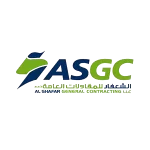

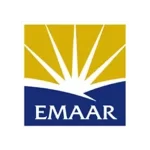
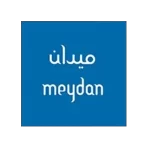

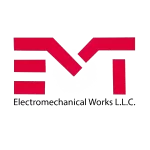
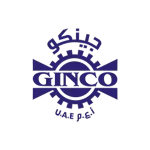
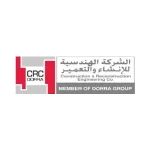
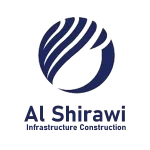
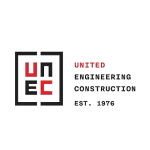
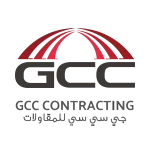


"Our trusted partners"
